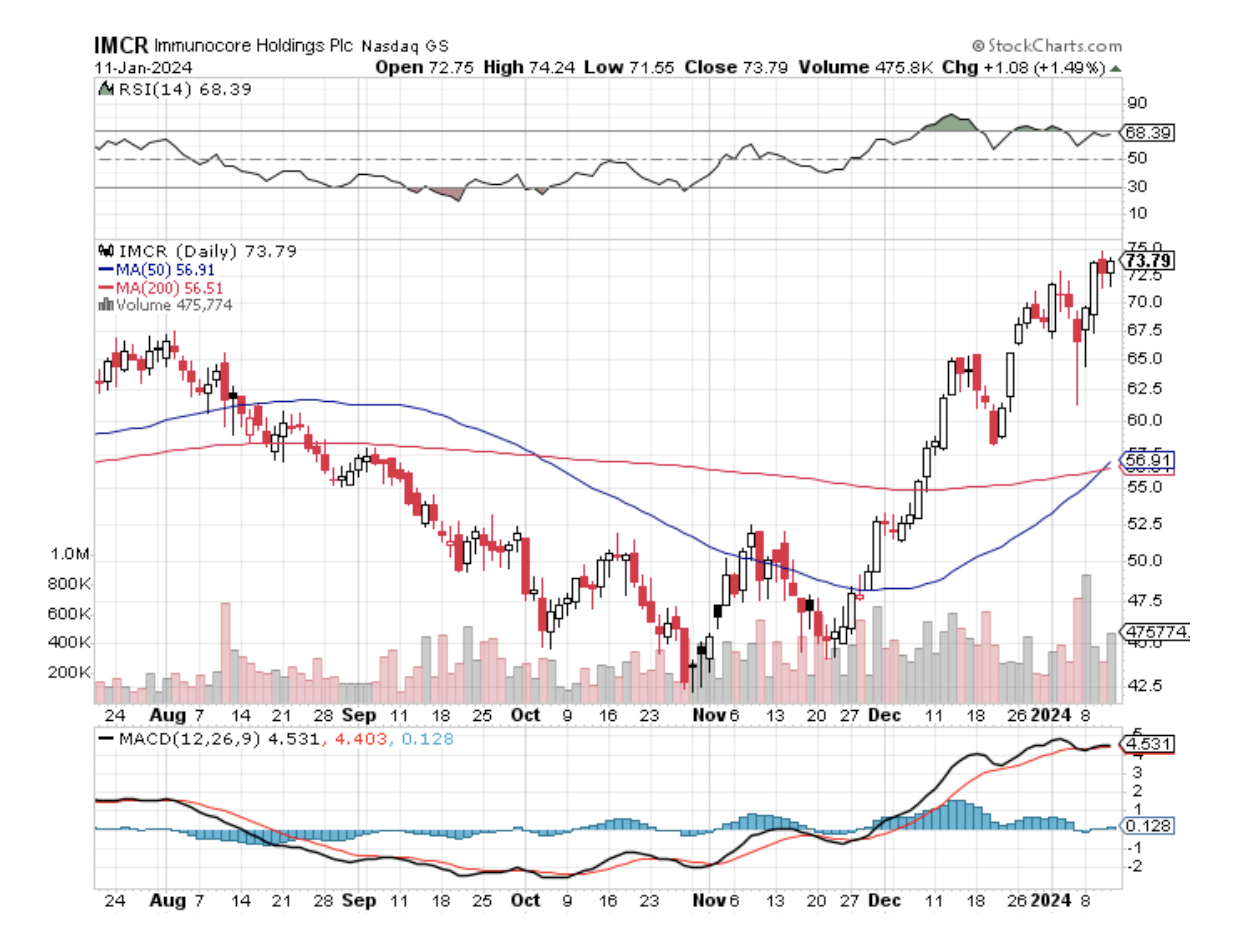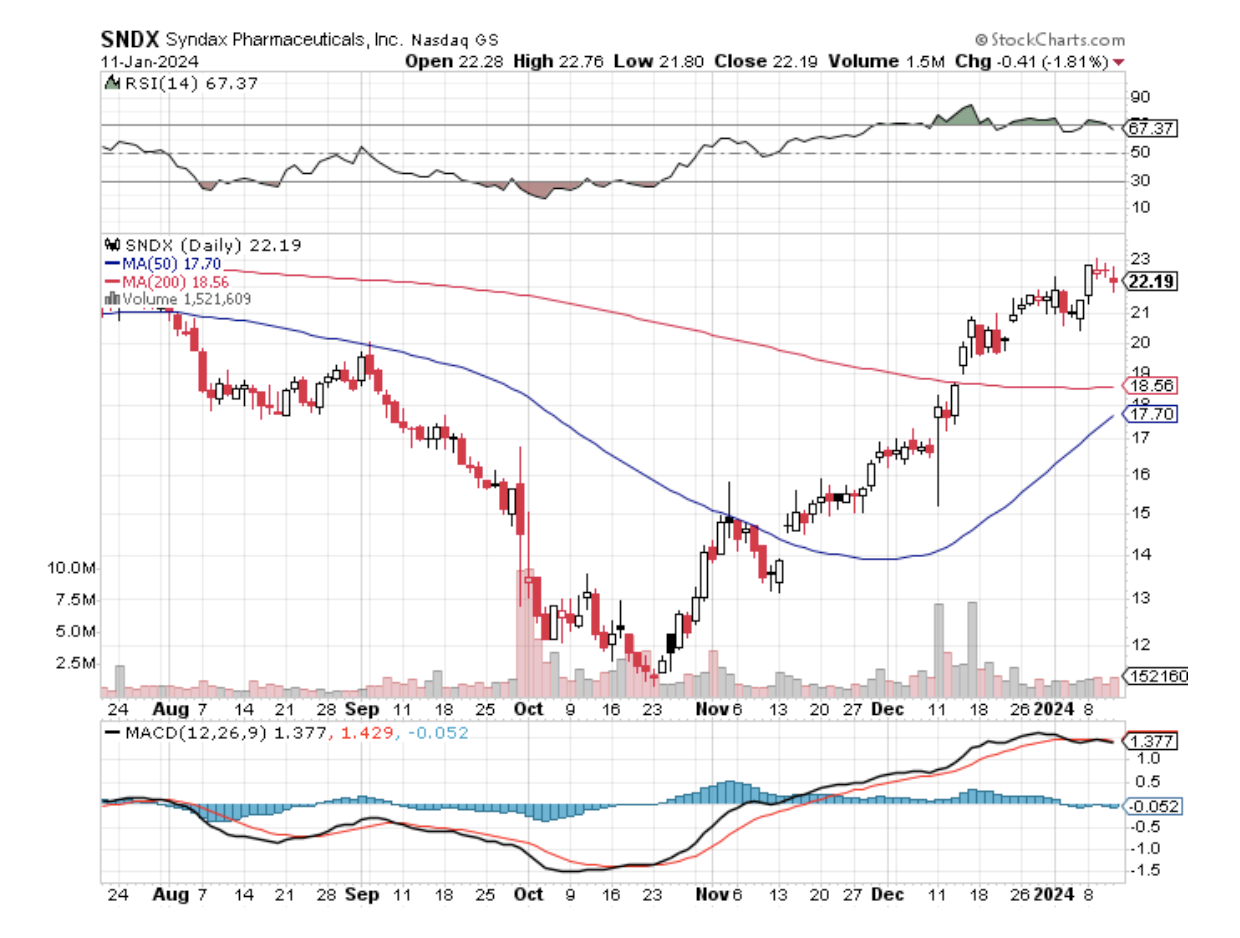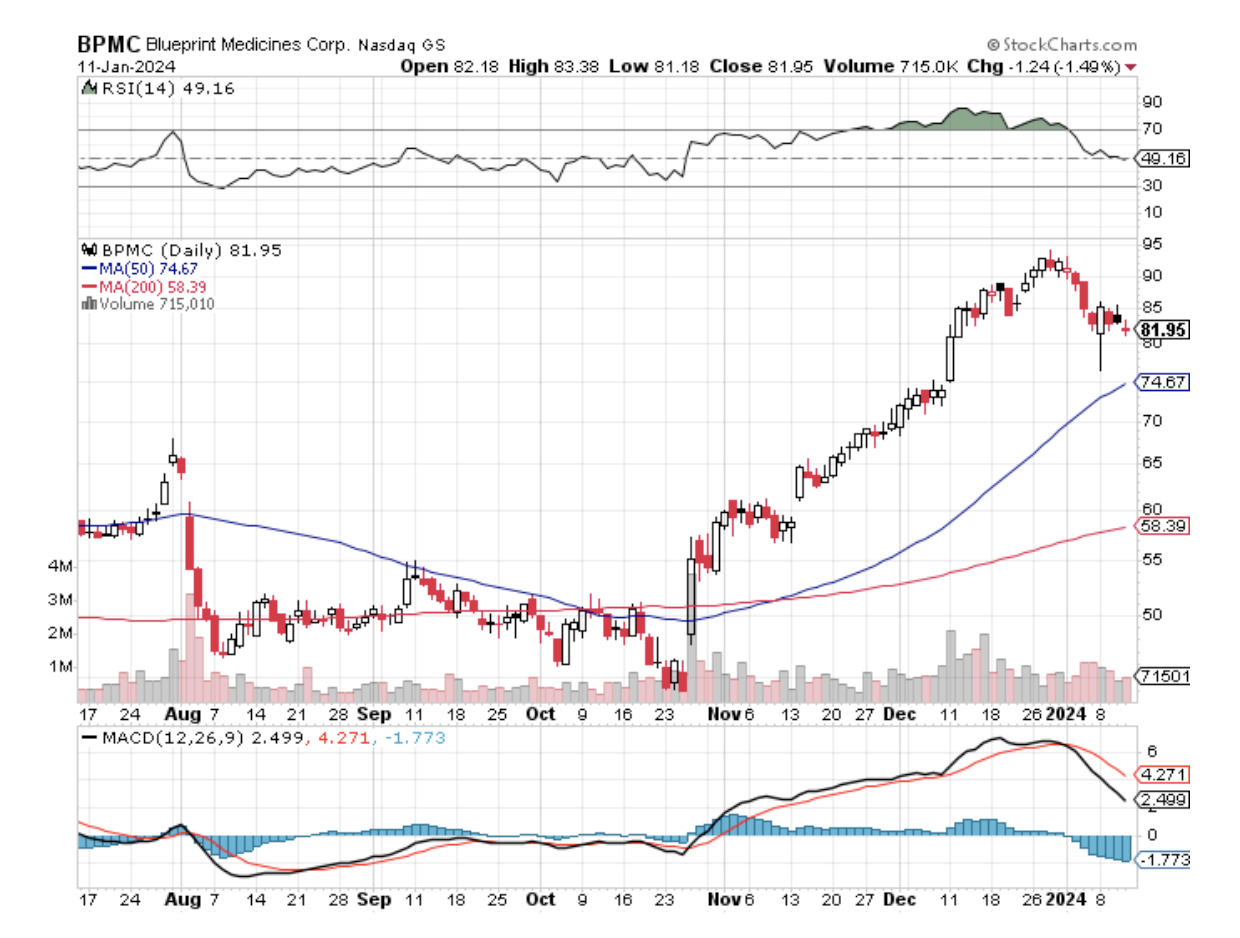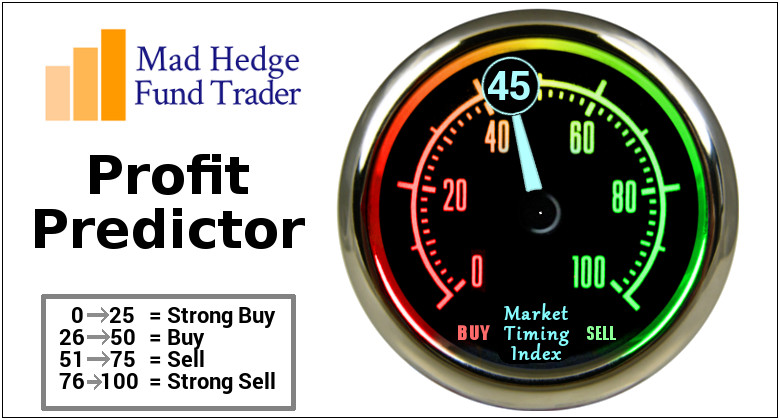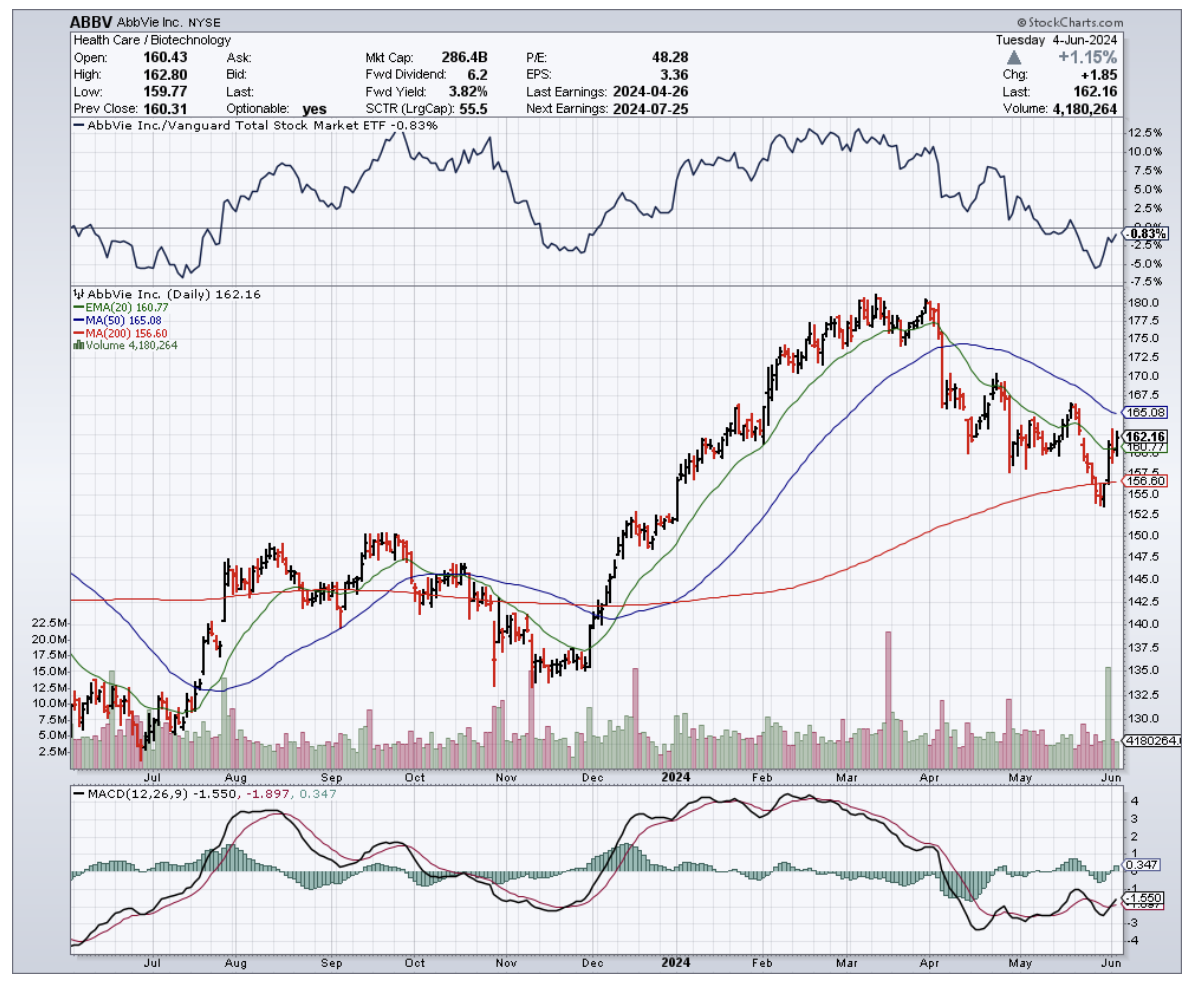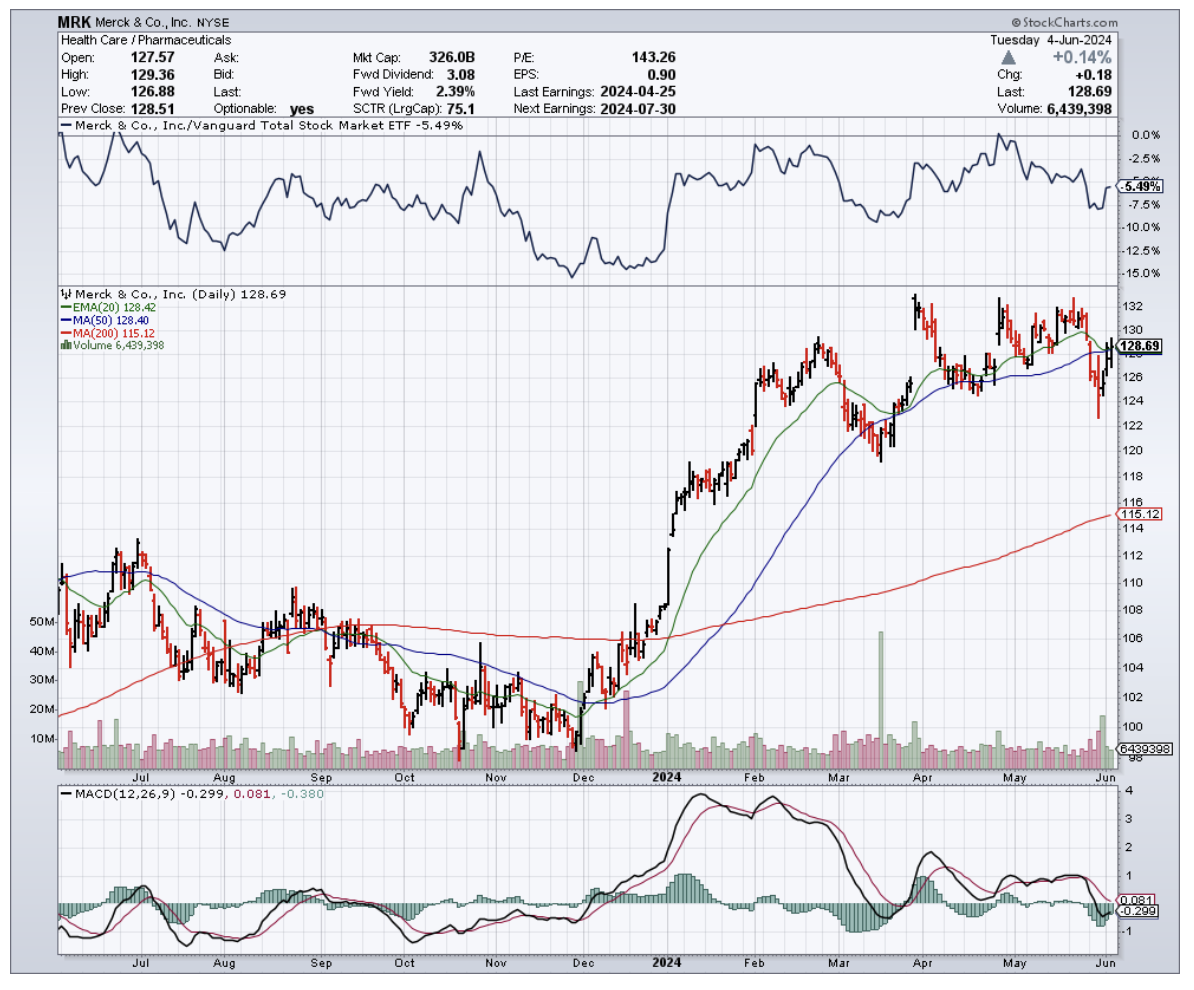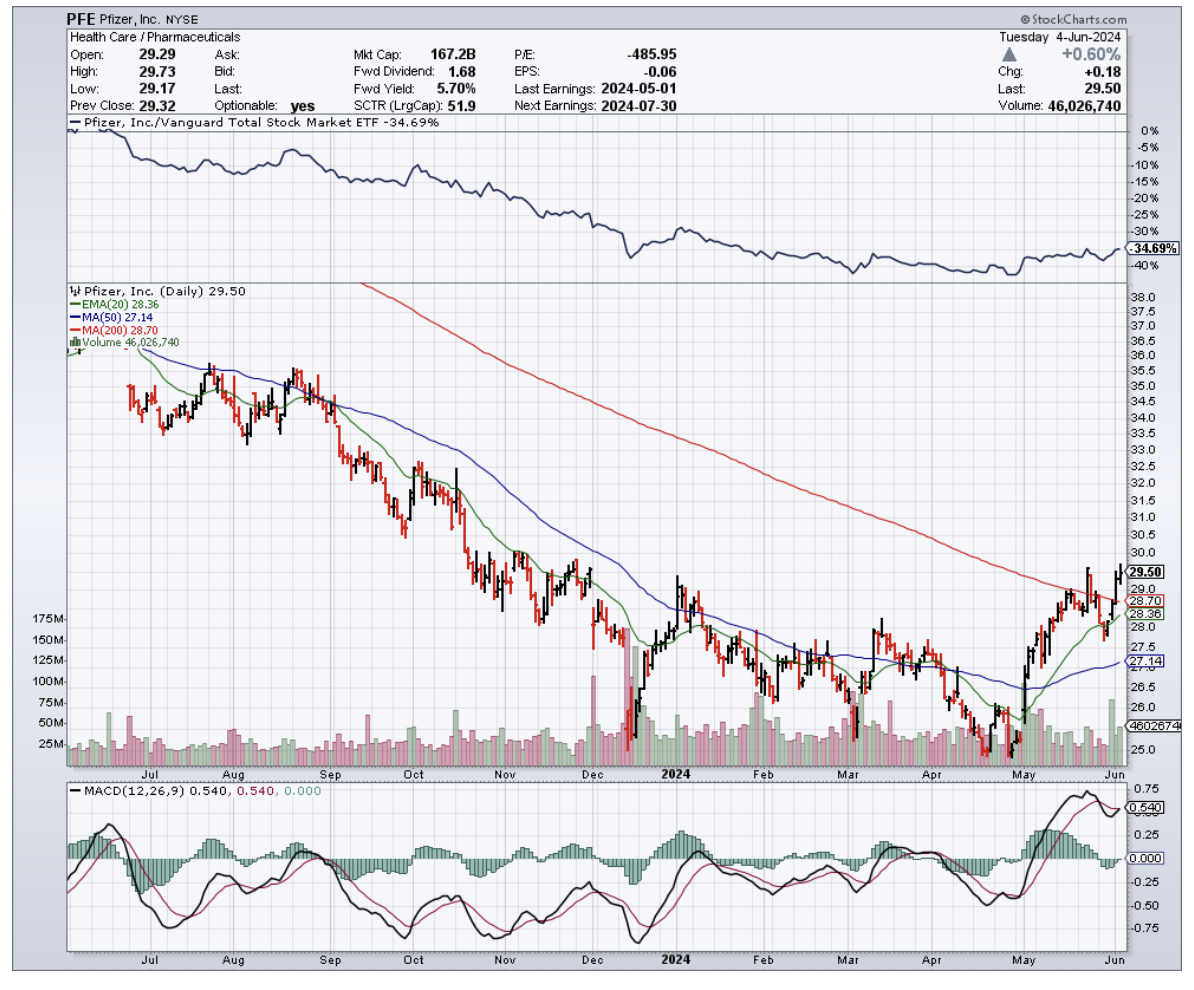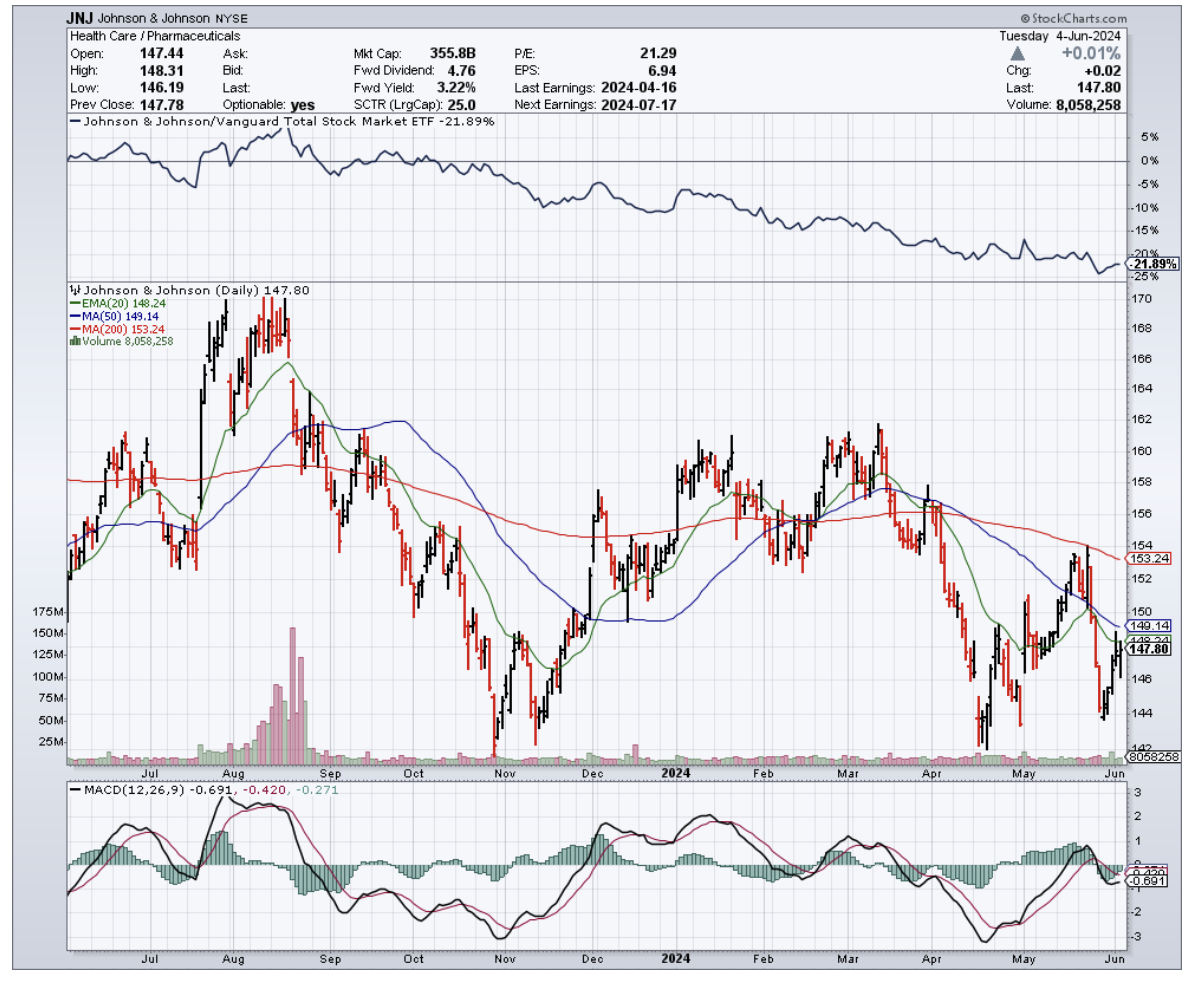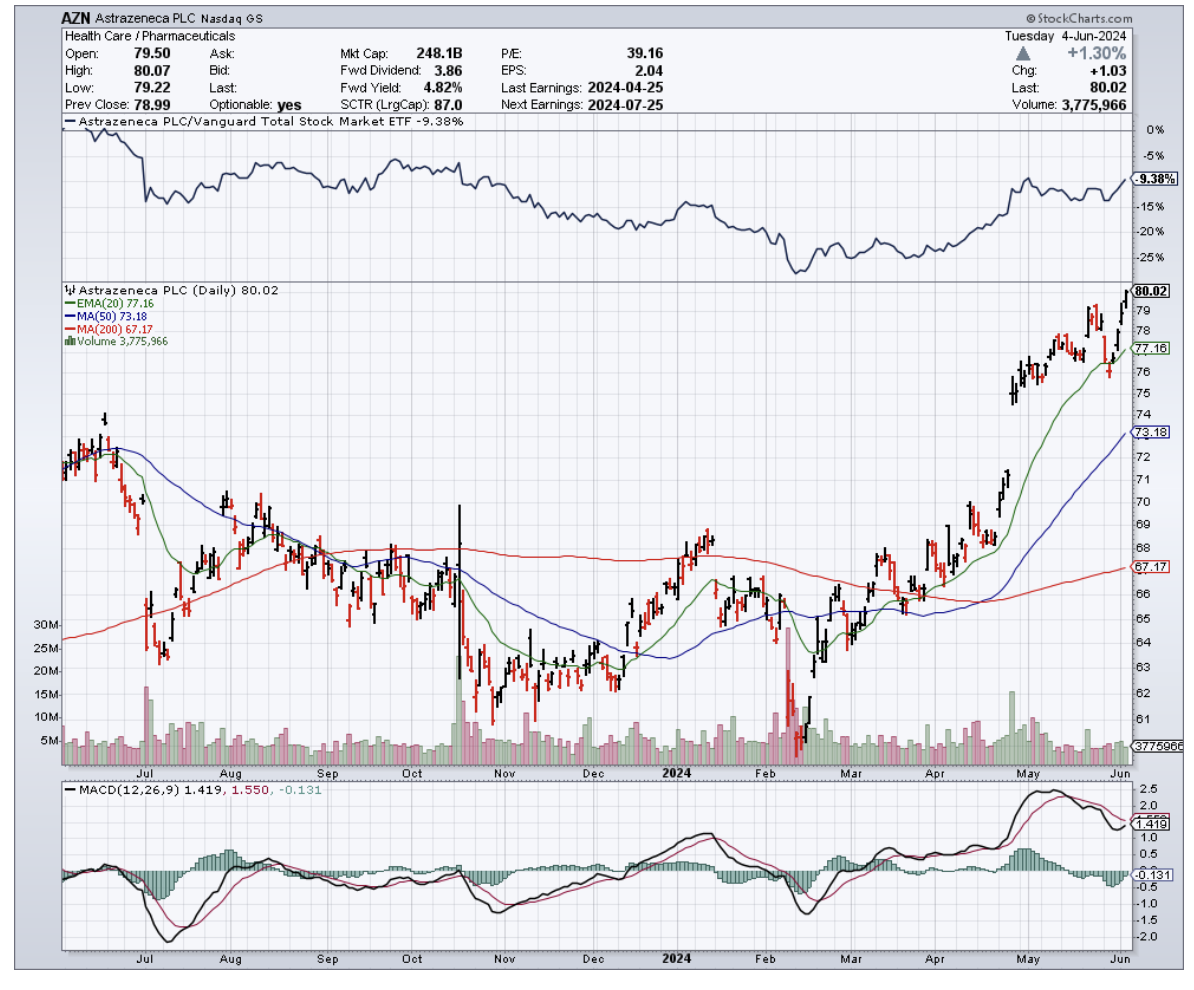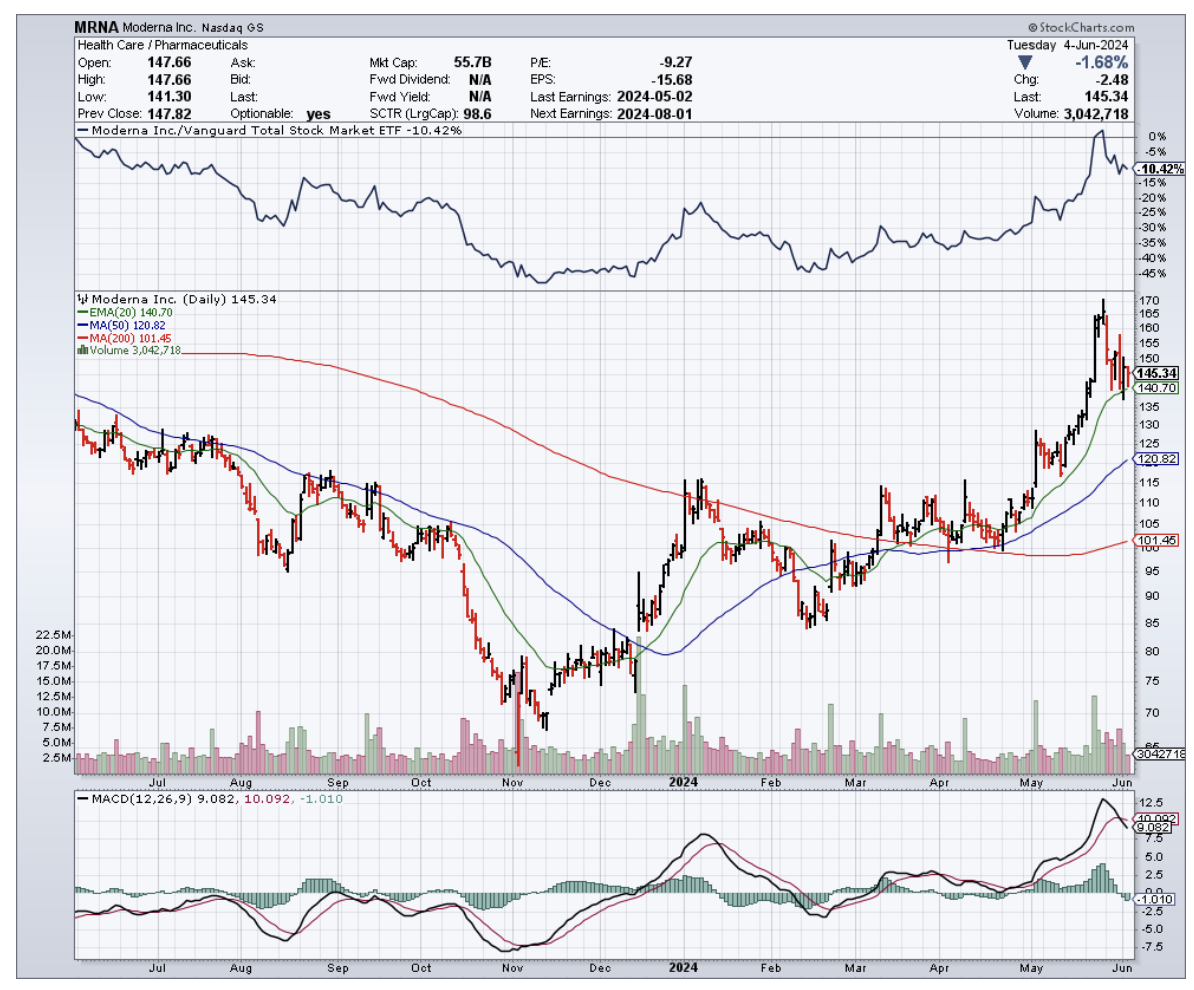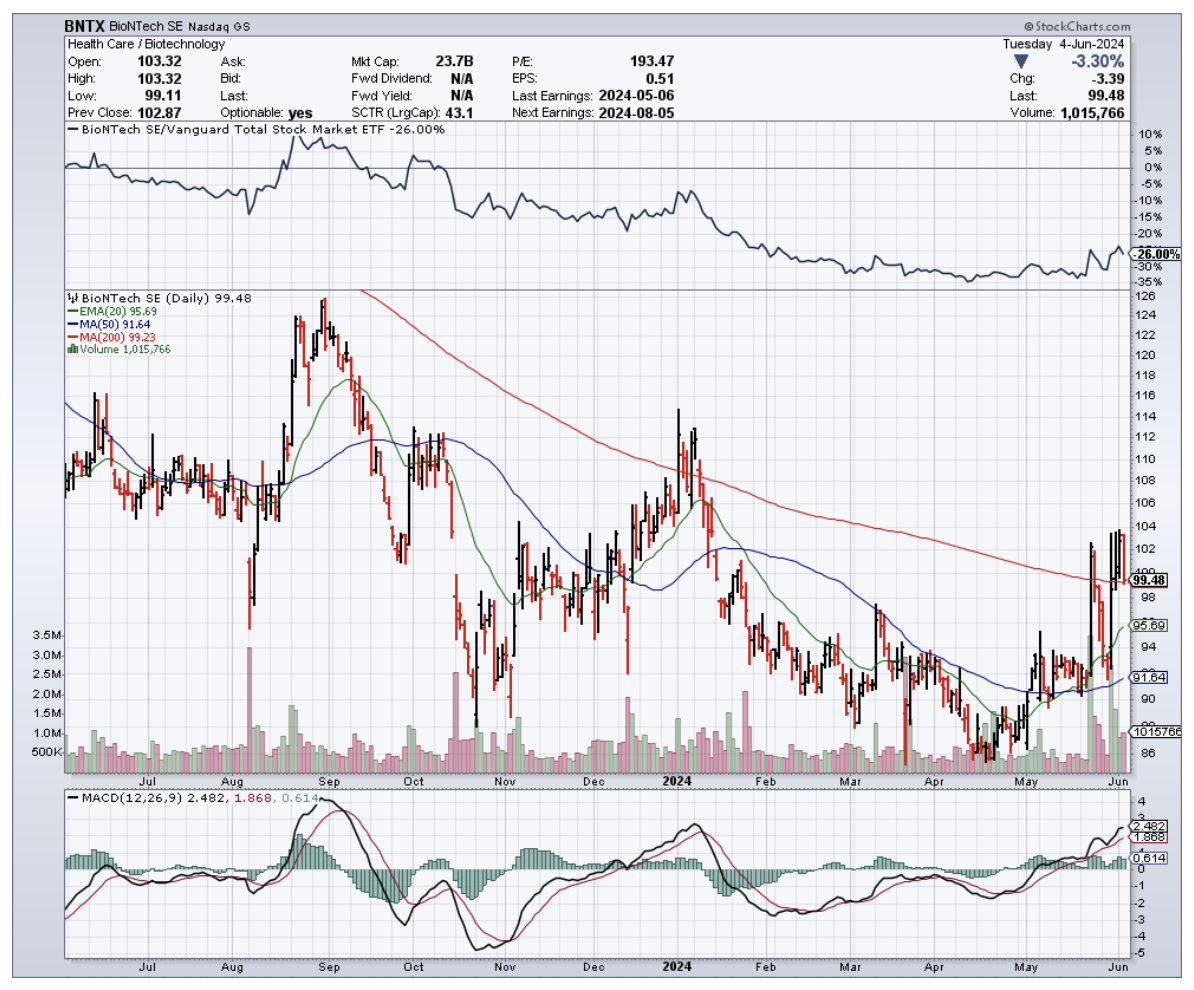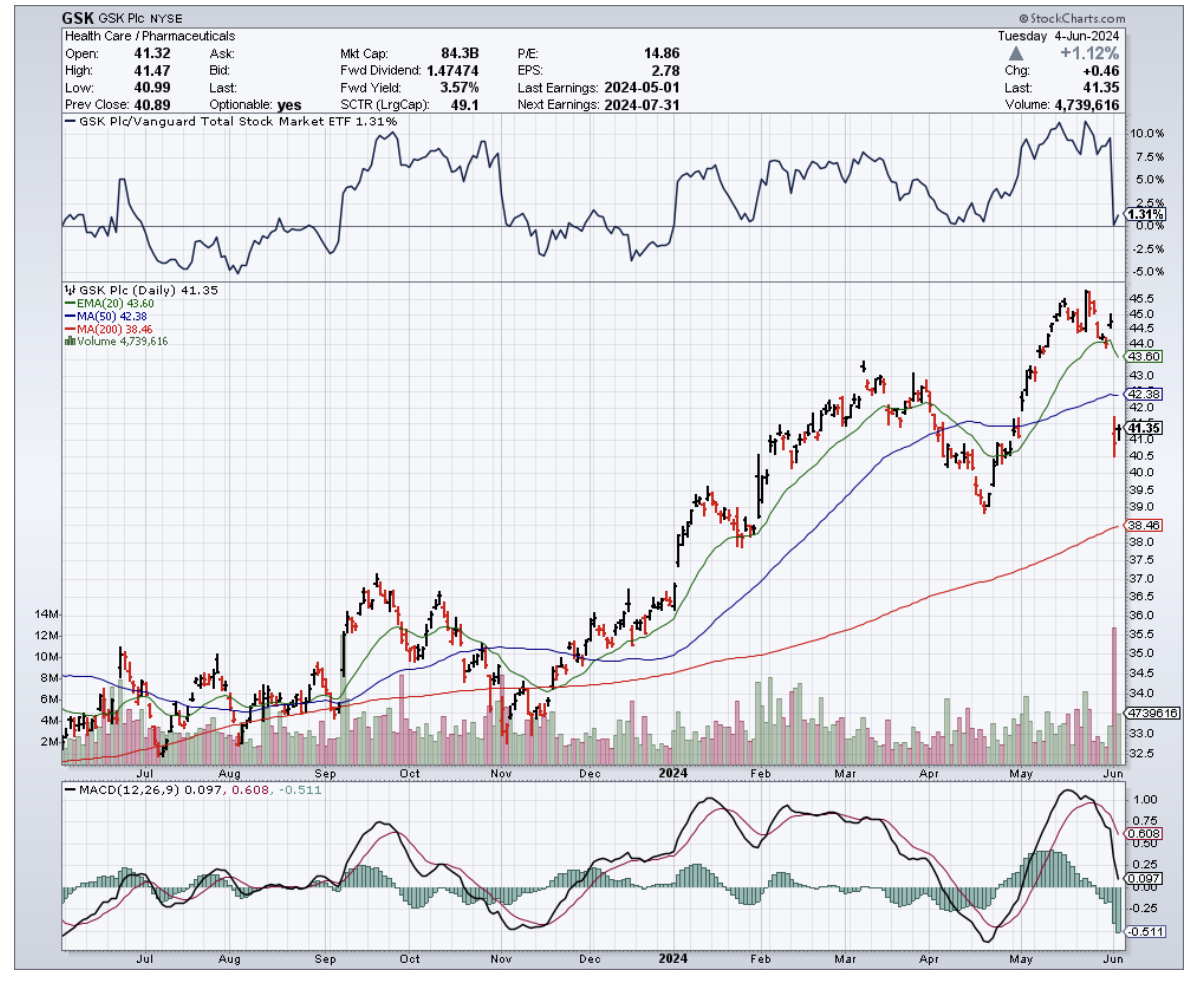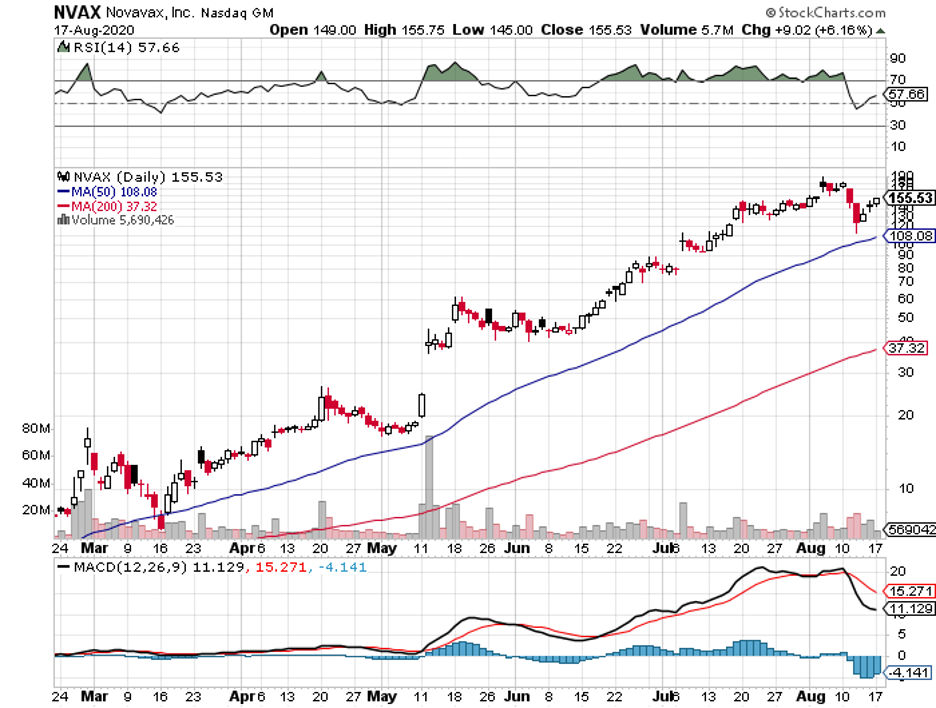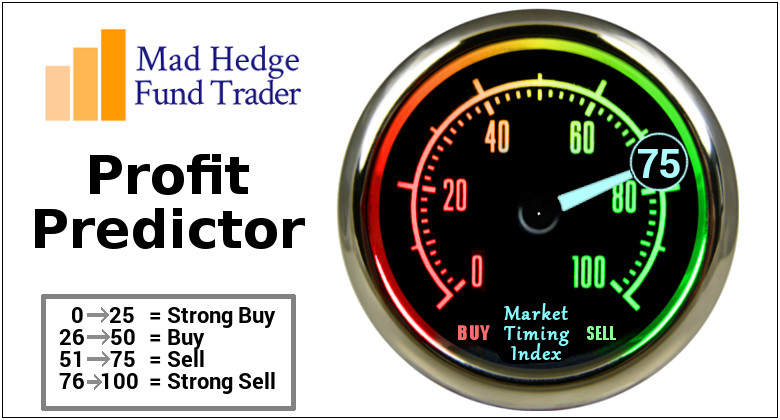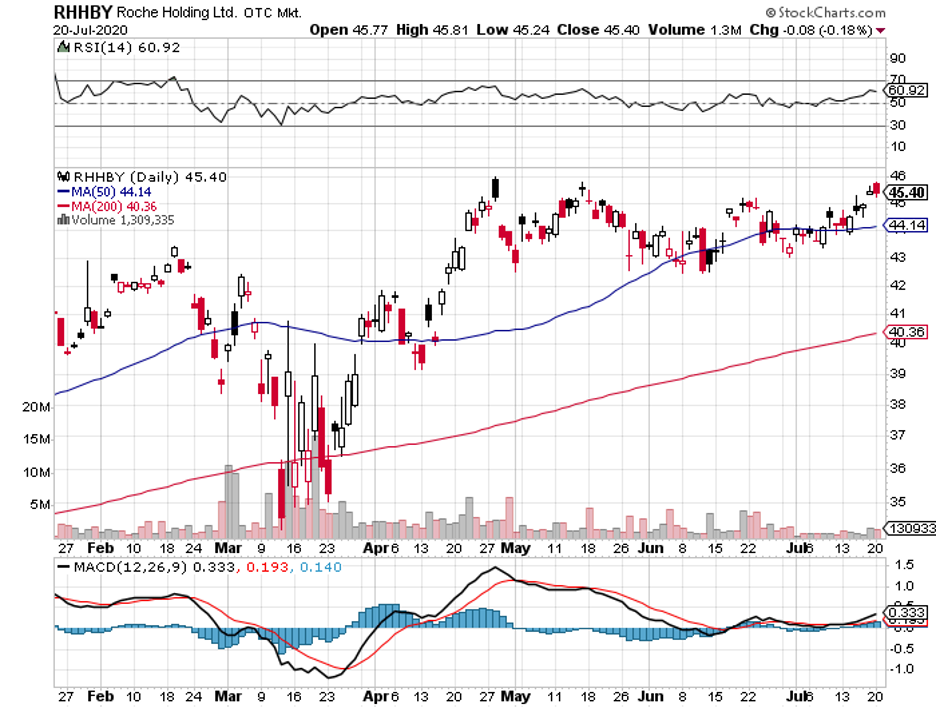Alright, let's dive back into the biotech pool – and no, it's not the kind where you just dip your toes. We're talking about a full-blown belly flop into the deep end of the stock market.
Since October 2023, biotech stocks have been playing a game of limbo, asking themselves, "How low can you go?" But just when they hit two-thirds below their Covid pandemic peak, Big Pharma came to the rescue like knights in shining armor (or should I say, lab coats?).
In an earlier letter, I talked about J.P. Morgan’s annual healthcare conference, essentially the Super Bowl for healthcare geeks. The buzz? Merck (MRK) grabs Harpoon Therapeutics (HARP) for $680 million – a move as sharp as, well, a harpoon.
Not to be outdone, Johnson & Johnson (JNJ) scoops up Ambrx Biopharma (AMAM) for a cool $2 billion. Talk about shopping sprees!
But wait, there’s more. Looking into the rest of the biotech companies in the market today, I can spot a few potential biotech Cinderellas, waiting for their Big Pharma prince. And no, I don't have a crystal ball, but I do have some educated guesses.
First up, let’s chat about Immunocore Holdings (IMCR). These British wizards have been turning heads since Kimmtrak, their first drug for a rare eye cancer, got the green light in 2022.
This biotech is a $1.9 billion David amidst the Goliaths, with a therapy that’s like whispering secret orders to the patient's immune system – "Psst, go beat up that tumor, will you?" And guess what? It listens. This approach isn’t just for show; it’s bumping up survival rates, and that’s a big deal.
Impressively, Immunocore isn't just a one-hit wonder. Kimmtrak, their star player, is not your average Joe of the T-cell receptor (TCR) immunotherapy world. It's more like the valedictorian – first of its kind to get the thumbs up in a who’s who of countries, including the United States, Canada, the E.U., the U.K., and Australia.
For a small-cap player, that’s like winning the World Cup in its rookie year. And with no rivals for Kimmtrak’s indication, it’s like they’ve got the whole playground to themselves.
Next, let’s take a trip to Boston’s backyard – Syndax Pharmaceuticals (SNDX). They’re nearly doubling their value faster than you can say “biotech boom,” thanks to some promising drugs for leukemia and transplant complications.
With a market cap near $1.7 billion and potential FDA nods on the horizon, they're like the biotech version of a sleeper hit.
Checking out the long-term plans of Syndax, they've got a lineup of compounds that are like a biotech fan's dream team, eyeing not one, but two FDA green lights in 2024. They're buddying up with Incyte (INCY) on these compounds, and let me tell you, the scientific world is giving them the thumbs up. And to keep the lights on and the science humming, they've tucked away a cool $200 million from a recent capital raise.
But that’s not all. Since the market hit rock bottom in late October, Syndax's stock has been shooting up like a rocket, a whopping 75% jump. It’s like they've been hitting the gym hard. Bank of America's bullish call on the stock? That was the protein shake.
Now, I'm all for a good success story, but let’s not get ahead of ourselves. I'm keeping an eagle eye on this one, waiting for the perfect moment when the shares might take a little breather, maybe dip into the mid-teens. That's when I’ll swoop in, snagging a slice of SNDX, especially with those FDA approvals on the horizon. After all, these deals are all about timing.
And who could ignore Blueprint Medicines (BPMC)? Straight out of Cambridge, Massachusetts, these folks have a drug targeting certain white blood cell cancers.
These folks aren't your average biopharma company; they're more like the MIT of medicine, crafting precision treatments that home in on the genetic bad guys causing cancer and blood disorders. Their lineup? A dynamic duo of Ayvakit for systemic mastocytosis and Gavreto for those tricky RET-cancers, plus four more contenders in clinical trials, all ready to rumble in the biotech arena.
Blueprint's story started in 2011. They then hit the public scene in 2015, where they raised a whopping $154.8 million at their IPO - talk about making an entrance.
Fast forward to today, and their stock is hovering around $85.00 a pop, boasting a market cap of $5.4 billion – that's billion with a “B.”
What’s their secret sauce, you ask? These geniuses have a discovery platform that's like a GPS for kinases, the sneaky culprits behind many diseases. Their method? Create compounds that are like guided missiles, targeting these kinases with precision. The result? Two FDA approvals, and probably a few high fives in the lab.
But hey, it’s not all about cancer. The weight-loss drug arena is heating up, too. Madrigal Pharmaceuticals (MDGL) and Viking Therapeutics (VKTX) are the names to drop here. Madrigal’s eyeing FDA approval for a liver treatment, while Viking’s showing some early promise in the weight-loss game.
So, there you have it – the biotech scene is sizzling, and these companies are the ones turning up the heat. My two cents? Keep these companies under your watchful eye. You never know, one of them might just be the golden ticket in this dazzling biotech arena.
